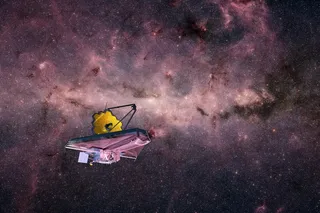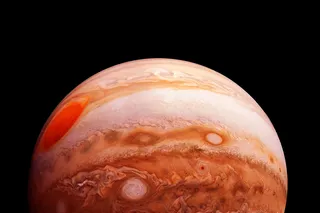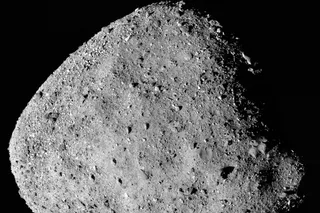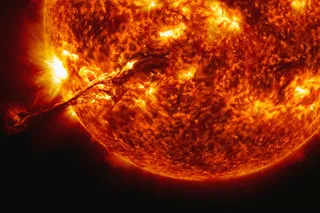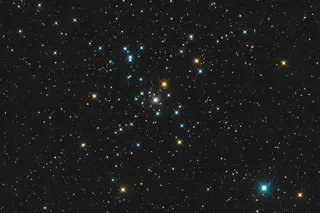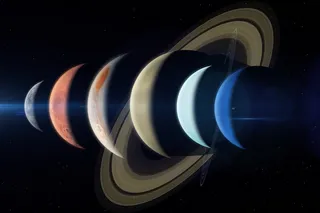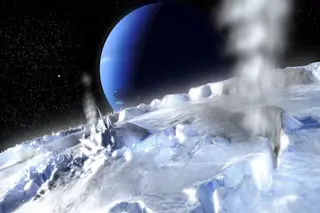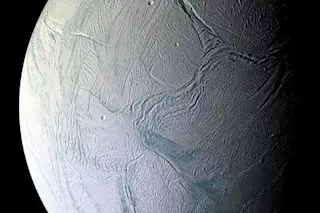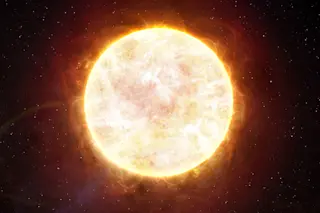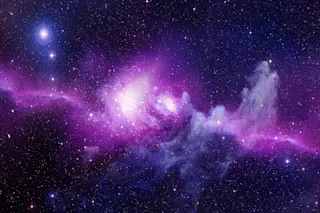Cassini is running out of gas.
So before mission managers lose control, they’ve steered the spacecraft on a no-return course into Saturn’s atmosphere, where it’s scheduled to burn up Sept. 15 at about 3:45 a.m. PDT. The move is precautionary. A dead spacecraft carrying stowaway microbes could contaminate icy Enceladus, a moon Cassini showed us has a salty ocean and the potential for life. Instead, friction from the high-speed atmospheric entry will destroy Cassini.
NASA launched Cassini from Cape Canaveral on Oct. 15, 1997, and it slid into Saturn’s orbit nearly seven years later. The robotic spacecraft proved so robust that NASA extended the mission twice.
Its twin 1-megapixel cameras, built in the early ’90s, snapped thousands of pictures. Along the way, Cassini discovered seven moons and parachuted the Huygens probe down to Titan, the only known moon with a thick atmosphere. But perhaps its most startling discovery was detecting ...




